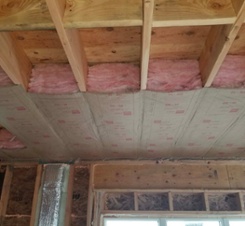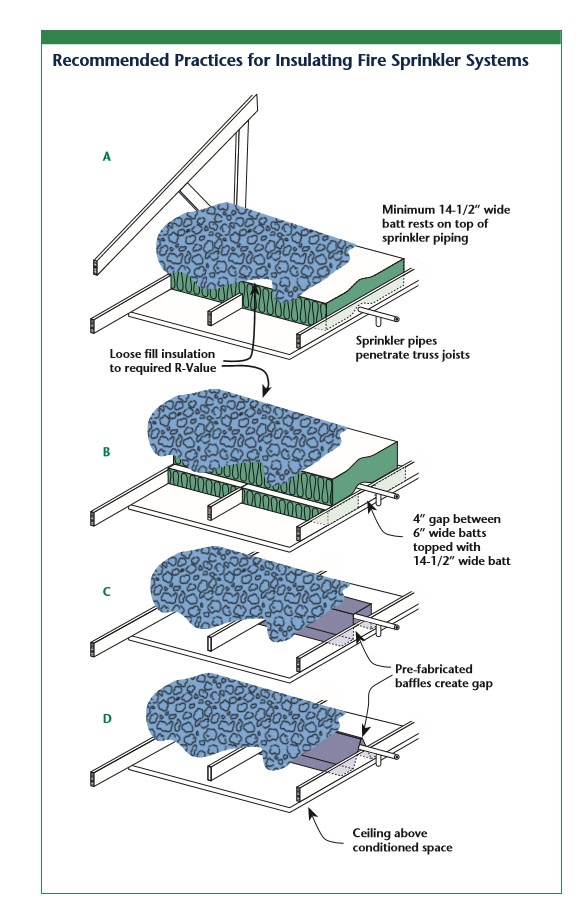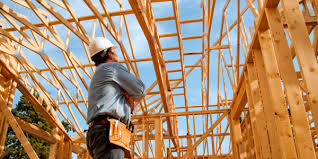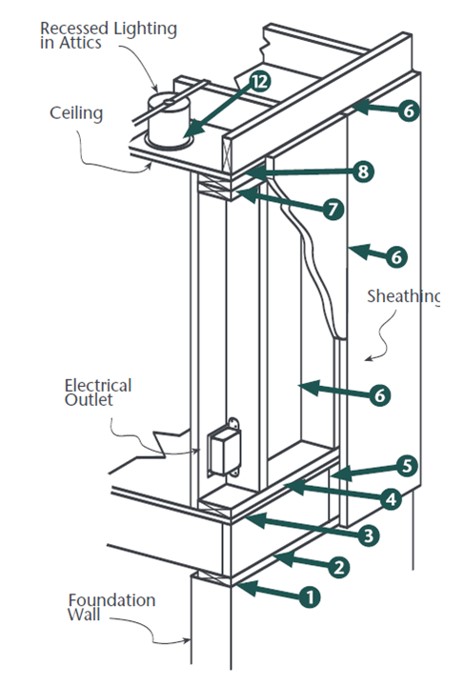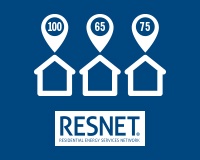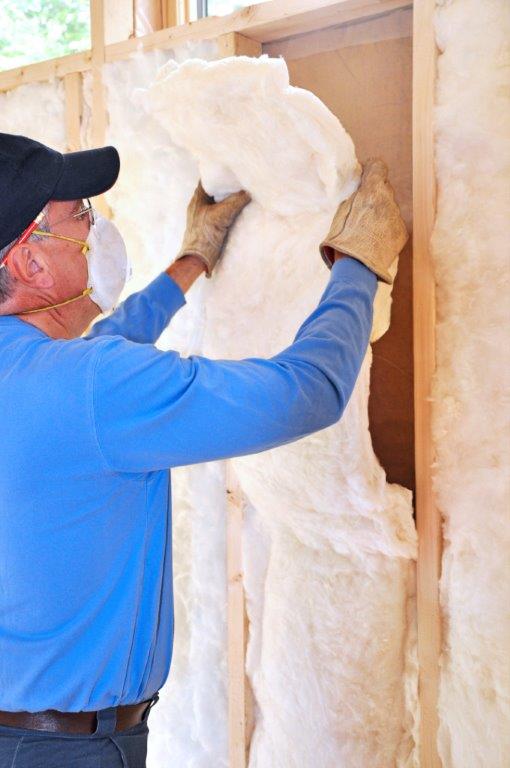If you follow our blog, you know that we talk quite a bit about building science. In fact, we wrote a primer on how builders can use building science to produce more durable, comfortable, and energy-efficient homes. We also share information on effective air sealing and blower door testing — a pain point for some builders having to meet new testing requirements of the 2012 and 2015 Residential IECC.
As any building scientist worth their salt will tell you, air tight homes start with great framing. Michael Schettine of AccuFrame Energy Seal isn’t a building scientist, but he has more than 45 years’ experience in home building, carpentry, and architectural reconstruction. His background has led him to believe that there’s a better way to reach air tightness targets, and it begins with a positive change in the way homes are framed.
Details »
